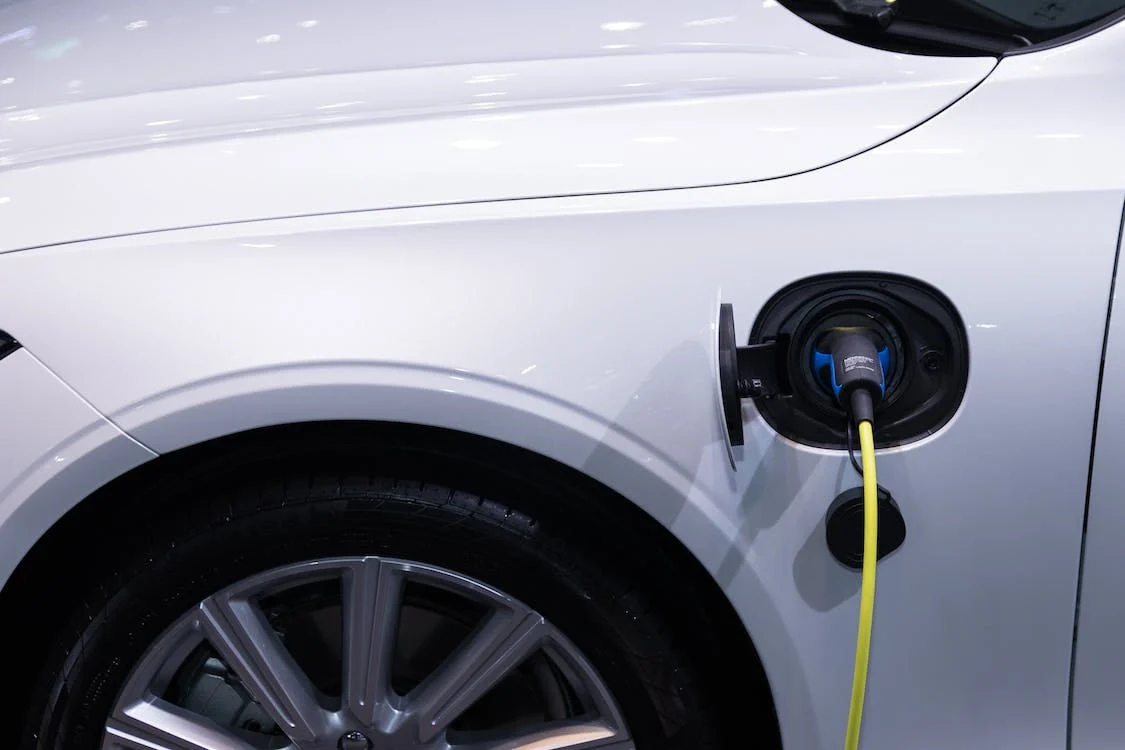With petrol prices skyrocketing, more people are making the switch to electric vehicles (EVs). In fact, the sales of EVs hit 6.6 million in 2021, tripling the market share two years ago. However, simply making the switch to EVs may not be as straightforward as simply buying a fuel-powered car. If you are thinking of replacing your old car with an EV, here are some things that you need to expect.
Charging Your Car
One of the clearest differences between an EV and a typical car is the way they are refueled. Refueling a gas-powered car typically takes only a few minutes. On the other hand, charging an EV could take longer than that. For instance, it can take up to half an hour to charge a long-range electric vehicle to 75% of its power.
One way that EV owners can work around this is to make sure that they charge their vehicles overnight, and that should be enough to have the car working throughout the day. For longer trips, the time it takes for you to recharge your vehicle can also serve as a break from driving. Essentially, it is all about managing your car’s battery efficiently, which should not be that different from managing the fuel of your gas-powered car.
Range Anxiety
One term that you should be familiar with when switching to an EV is range anxiety. Simply put, range anxiety refers to the scenario where a driver feels like their car’s battery is running low and there are no charging stations nearby. Studies reveal that this is one of the primary reasons that drivers have for refusing to drive EVs. Manufacturers are aware of this, which is why they are putting extra focus on battery software that detects issues and optimizes system operations in the field.
However, there are ways that you can overcome range anxiety when owning an EV. For example, instead of buying an EV, you can instead buy a plug-in hybrid that automatically switches to gas if its battery is running low. You can also charge your car’s battery to over 80% overnight, as recommended by the Office of Energy Efficiency and Renewable Energy. It should also be noted that many light-duty EVs today can cover 200 to 300 miles on a single charge. This is above what light-duty vehicles typically cover on average, which is 43 miles per day.
Overall Costs
The overall cost of owning an EV compared to conventional vehicles is one of the most important considerations for most drivers. At first glance, EVs might seem more costly than conventional cars, especially since in 2021, the average sticker price of a new electric car is around $10,000 higher than the industry average. Then, you also must install an EV-charging system, which can cost another $2000. However, there are tax incentives that you can take advantage of to lower these costs, and some states also offer incentives to offset the cost of the installation of a new EV-charging system.
When it comes to long-term savings, EVs are definitely more advantageous. They are cheaper to maintain than gas-powered cars. Moreover, charging them costs less than refueling conventional vehicles. It is estimated that EV owners spend 60% less on fuel costs compared to owners of conventional cars. All in all, the lifetime cost of EVs is $6000 to $10,000 cheaper than gas-powered cars.
Switching to an EV can be a major decision, especially if you have used gas-powered cars since you started driving. However, with the key points covered here today, it is clear that concerns surrounding owning an EV have clear workarounds. It’s evident that EVs are definitely more advantageous to own compared to gas-powered vehicles.

